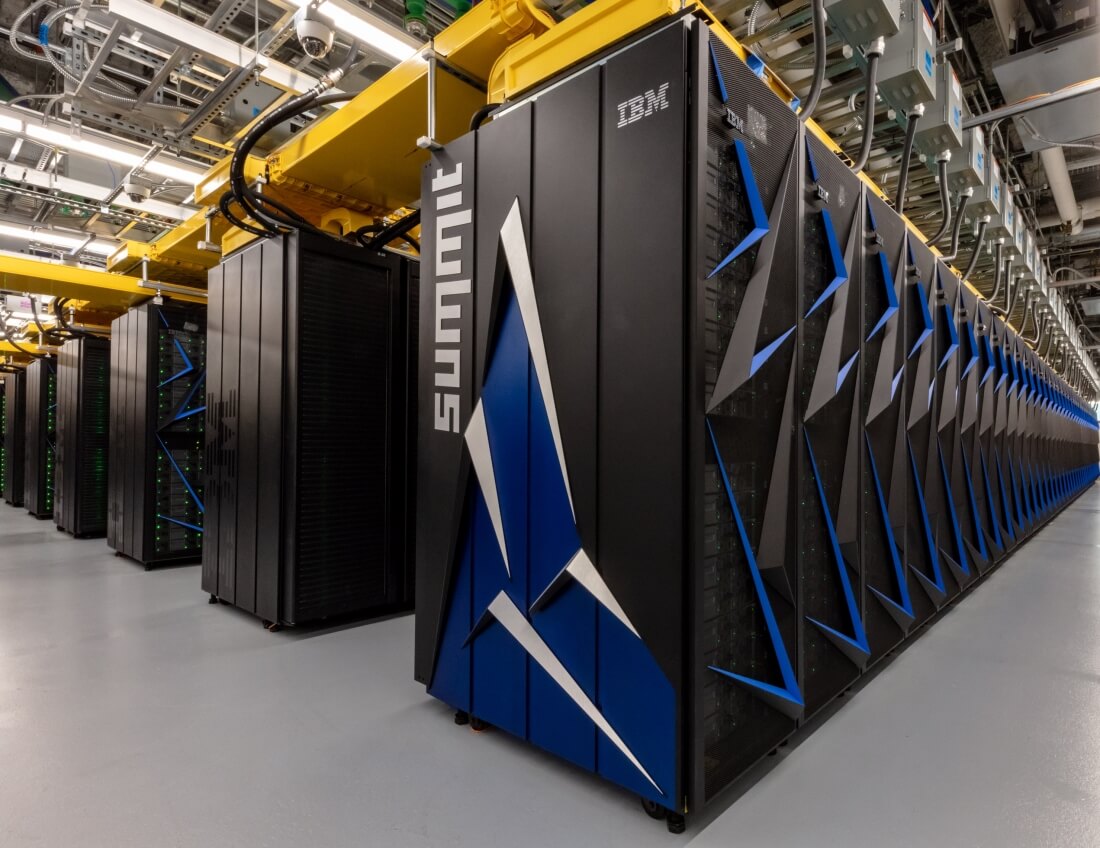In a nutshell: Supercomputer manufacturer Cray is building a machine for the US Navy that will be packed with AMD's Epyc Rome cores and Nvidia's Volta GPUs. Built on the Shasta platform, it'll boast a performance of 12.8 petaflops, which makes it one of the top 20 most powerful supercomputers in the world today.
The Cray Shasta computer is being installed as part of the Department of Defense High Performance Computing Modernization Program and will be located at the Navy DSRC at Stennis Space Center, Mississippi. It will be the first machine in the program to offer over 10 petaflops of power.
As you would imagine, the supercomputer will feature some serious hardware, including 290,304 AMD Epyc 7002-series processor cores, 112 Nvidia Volta V100 GPUs, and a 200 gigabit per second Cray Slingshot network interconnect. There'll also be an incredible 590TB of memory, which should be enough for a few Chrome tabs, and 14 petabytes of usable storage, including 1PB of NVMe-based SSDs.
The system, which is expected to be operational by early 2021, will be used for aircraft, ships and environmental modeling. It'll also be used on weather forecastings such as tracking hurricanes and their intensity.
"The investment and increase in supercomputing power at the Navy DSRC at Stennis Space Center is absolutely critical to Naval Oceanography. Delivering future capability upgrades to global and regional ocean and atmospheric prediction systems, to include later this year the Navy's first Earth Systems Prediction Capability," said Rear Admiral John Okon, the head of Navy Meteorology and Oceanography Command.
Cray signed three high-performance computing contracts with the US military worth more than $71 million back in August. Another Cray Shasta supercomputer was acquired by the US air force, while the Army Research Lab (ARL) and the US Army Engineer Research and Development Center (ERDC) will each get a Cray CS500 cluster supercomputer.

As of November last year, the 148.6 petaflop Summit system was the most powerful supercomputer in the world. It features 4,356 nodes, each containing two Power9 CPUs with 22 cores and six Nvidia Tesla V100 GPUs
